Junior Blog: Aquila The Eagle
Aquila is Latin for eagle, explore why this symbol was so special to ancient Romans. At the Roman Army Museum you will see many eagles – it is even the logo for the whole museum! It appears so much because for the Romans the eagle was a symbol of strength and power and it was especially important for the Roman military.
Key Facts
- Aquila is Latin for Eagle
- Eagles were linked with Jupiter – king of the gods
- Eagles were often pictured holding lightening bolts
- Roman soldiers carried the image of the eagle into battle
- Eagles are still used to represent leadership and power today
The Romans believed that the eagle was the king of birds. It flew the highest, it was a great hunter and was very physically powerful. As the king of birds it was also linked to Jupiter who was the king of the gods and is often pictured with an eagle and lightening bolts. This is why the eagle was often shown as carrying lightening bolts even when it was not directly linked to Jupiter.

Within the Roman Army the eagle became a symbol of the empire. It was often seen on standards (symbols of a group or unit and rallying point in battle) and each legion would have carried a bronze eagle standard to be held high when going into battle. There was a special person who carried the eagle standard they would have been called the aquilifer which means eagle-bearer in Latin. It was seen as a rank of honour. It was seen as a disgrace to lose your eagle standard and if a legion lost their eagle they would go to great lengths to get it back – even risking their lives.

The legacy of the Aquila lives on today with many governments, institutions and even sports teams using the age as a symbol of power strengths and being the best. The Roman Army Museum continues this tradition from Roman time too with the Aquila appearing in the logo and Aquila becoming the mascot for the museum. You can find Aquila flying over Hadrian’s wall in the Edge of Empire film and on a standard near the recruitment tent – can you spot any more eagles represented in the museum?



